Art Heals
During the performance of Yoko Ono's "Cut Piece" in Copenhagen in February 18, 2018, the artist Nana-Francisca Schottlander had donated her own wedding dress for the audience to cut and send as love notes around the world. This piece evolved today as Innocence and empathy prevailed as the work unfolded.
In Cut Piece—one of Yoko Ono’s early performance works—the artist sat alone on a stage, dressed in her best suit, with a pair of scissors in front of her. The audience had been instructed that they could take turns approaching her and use the scissors to cut off a small piece of her clothing, which was theirs to keep. Some people approached hesitantly, cutting a small square of fabric from her sleeve or the hem of her skirt. Others came boldly, snipping away the front of her blouse or the straps of her bra. Ono remained motionless and expressionless throughout, until, at her discretion, the performance ended. In reflecting upon the experience recently, the artist said: “When I do the Cut Piece, I get into a trance, and so I don’t feel too frightened.…We usually give something with a purpose…but I wanted to see what they would take….There was a long silence between one person coming up and the next person coming up. And I said it’s fantastic, beautiful music, you know? Ba-ba-ba-ba, cut! Ba-ba-ba-ba, cut! Beautiful poetry, actually.”1
Ono debuted Cut Piece in Kyoto, in 1964, and has since reprised it in Tokyo, New York, London, and, most recently, Paris in 2003. It is the realization of what she calls a “score,” a set of written instructions that when followed result in an action, event, performance, or some other kind of experience. As with most of her work—which also encompasses music, poetry, film, sculpture, installation, paintings, and events—the participation of others is often key. Equally conceptual and physical, Cut Piece relies upon audiences’ willingness to interpret and follow the instructions outlining their role. Though participatory art is now more common, Ono was among its pioneers. In works like Cut Piece, she invites viewers to become agents in the creation of art. (Source: https://www.moma.org/learn/moma_learning/yoko-ono-cut-piece-1964/)
In today’s rendering of the piece, some got rough. They cut the fabric around the heart quickly, between the artist's legs, her pantyhose, left scratches on her back. One woman from the audience stopped a man who was ready to cut the artist's second bra strap with a loud "nej".
And then, this little girl who had been staring at the artist with concern throughout the whole piece, perplexed by the pearls on the floor and the sad and empty expression on the artist’s face, slowly began to take layers of her own clothes off. She was aided in cutting a piece of the dress herself, which she hesitated repeatedly to take. The artist responded beautifully - with a touch of their hands and gazes. Shortly after she walked off the stage.
Authentic contact is the most effective way to heal. This entails true presence, a clear heart, and the understanding that though we may be different we are equal. Art, a non-verbal contact, may sometimes be the most authentic way to achieve this.
Source: https://www.moma.org/learn/moma_learning/yoko-ono-cut-piece-1964/

